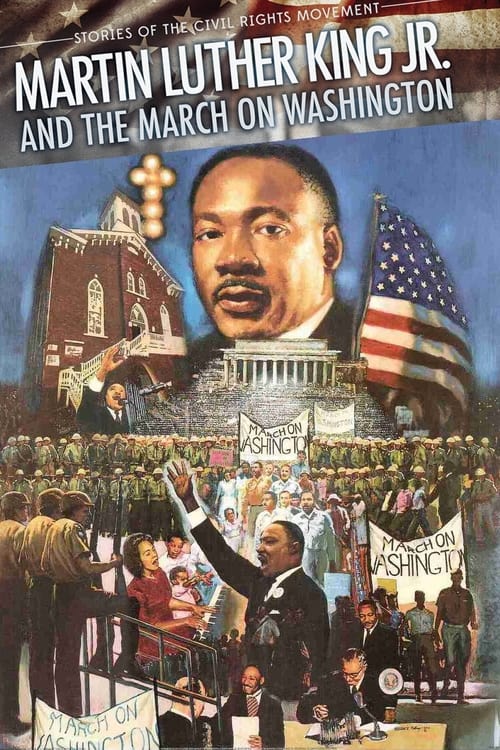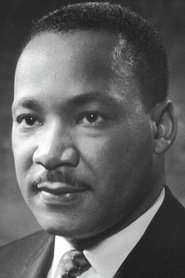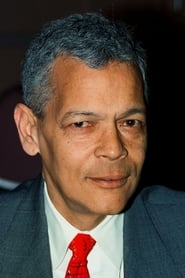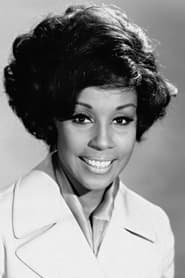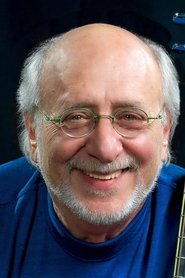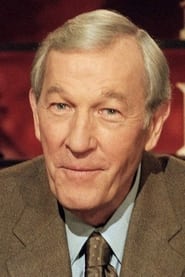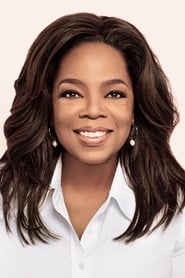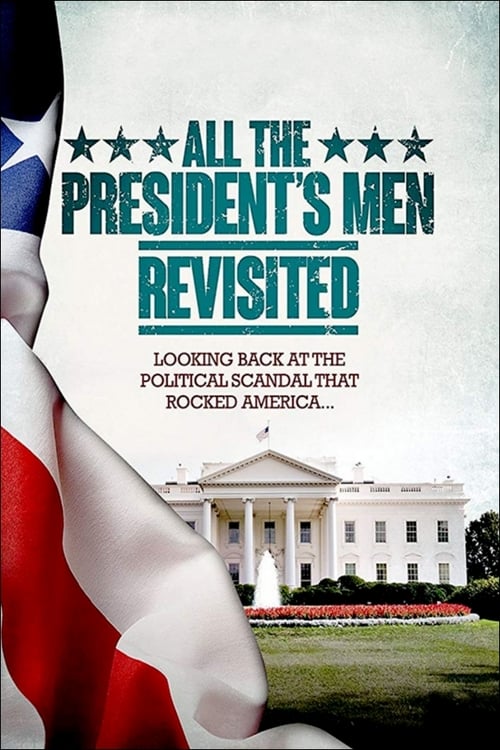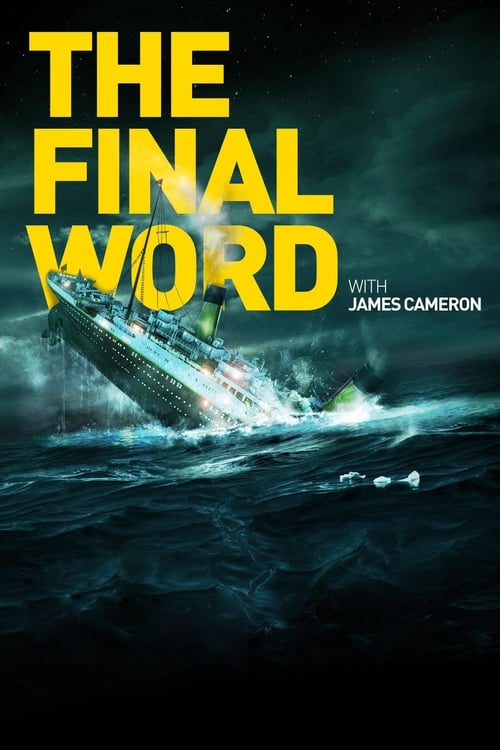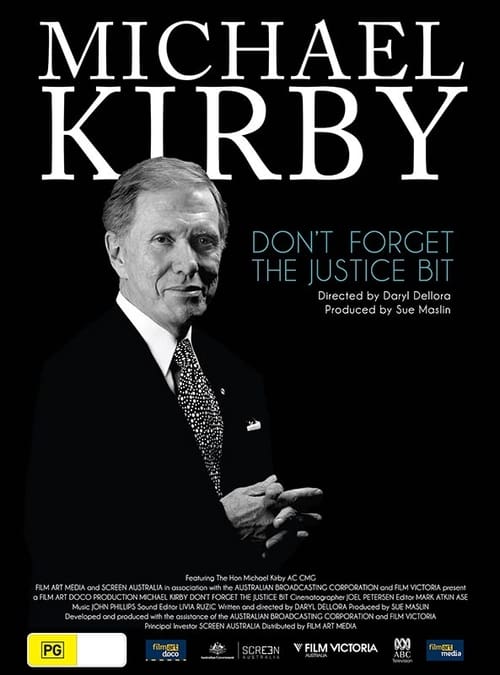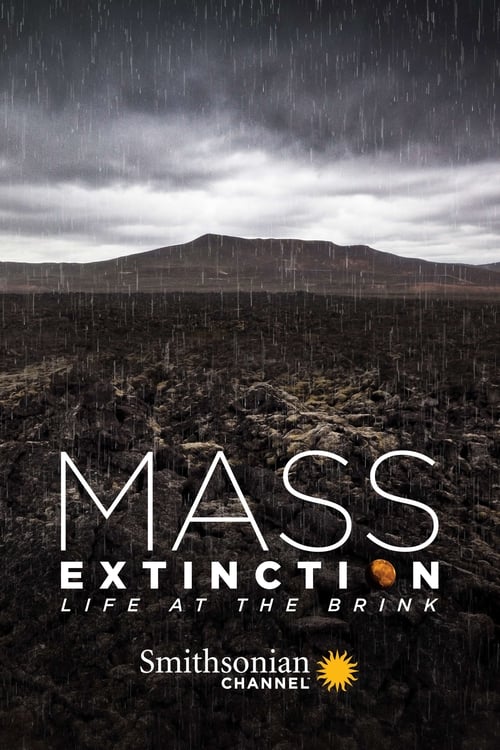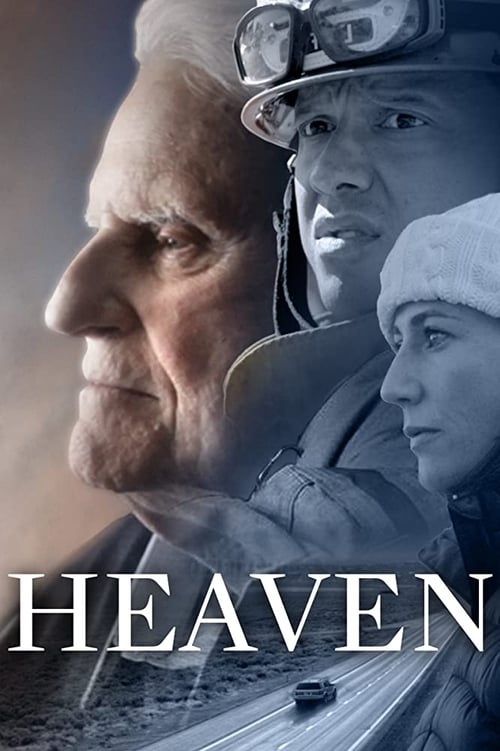
Ask Your Own Question
What is the plot?
More Movies Like This
Browse All Movies →
What is the ending?
In the ending of "Martin Luther King and the March on Washington," the film culminates with the historic march itself, where Dr. Martin Luther King Jr. delivers his iconic "I Have a Dream" speech. The event is a powerful moment of unity and hope for civil rights, showcasing the determination of the participants. The film concludes with a sense of triumph and the acknowledgment of the ongoing struggle for equality.
As the film approaches its climax, the scene shifts to the preparations for the March on Washington. The atmosphere is charged with anticipation and determination. Activists, leaders, and everyday citizens gather, each person carrying their own hopes and dreams for a better future. The camera captures the diverse crowd, highlighting the unity among different races and backgrounds, all coming together for a common cause.
The day of the march arrives, and the scene is filled with vibrant colors and sounds. People are seen arriving in droves, some holding signs that read "Jobs and Freedom," while others chant slogans of equality. The camera pans over the Lincoln Memorial, a symbol of freedom and justice, as the crowd gathers on the National Mall. The emotions are palpable; there is a mix of excitement, nervousness, and a deep sense of purpose among the participants.
As Dr. King steps up to the podium, the atmosphere shifts to one of reverence. The crowd falls silent, their eyes fixed on him. King begins to speak, his voice resonating with passion and conviction. The film captures the intensity of his delivery, the way he connects with the audience, and the powerful imagery of his words. The iconic "I Have a Dream" speech unfolds, and the camera focuses on the faces of the crowd, reflecting their hope and inspiration. Tears are seen, smiles break out, and a sense of solidarity fills the air.
As the speech concludes, the crowd erupts in applause and cheers, a wave of emotion washing over the participants. The film emphasizes the significance of this moment, showcasing the impact of King's words on the movement and the individuals present. The camera captures the joy and relief on the faces of the marchers, a collective acknowledgment of the progress made and the work still ahead.
In the aftermath of the march, the film briefly touches on the fates of key characters. Dr. King is shown reflecting on the day, aware of the challenges that lie ahead but filled with hope for the future. Other leaders, such as John Lewis and A. Philip Randolph, are depicted as feeling empowered by the success of the march, ready to continue the fight for civil rights. The film closes with a montage of images from the march, underscoring the unity and determination of the movement, leaving viewers with a sense of hope and the understanding that the struggle for equality is ongoing.
Is there a post-credit scene?
The movie "Martin Luther King and the March on Washington," produced in 2013, does not feature a post-credit scene. The film concludes with a powerful depiction of the March on Washington for Jobs and Freedom, highlighting the significance of Dr. King's "I Have a Dream" speech and the impact of the event on the Civil Rights Movement. The ending emphasizes the hope and determination of the participants, leaving the audience with a sense of the ongoing struggle for equality and justice.
What role does Martin Luther King Jr. play in the March on Washington?
Martin Luther King Jr. is the central figure in the film, leading the March on Washington and delivering his iconic 'I Have a Dream' speech. His character is portrayed as a passionate and determined leader, deeply committed to the civil rights movement and the fight for racial equality. Throughout the film, his internal struggles with the weight of leadership and the urgency of the movement are highlighted, showcasing his emotional depth and resolve.
How does the film depict the preparations for the March on Washington?
The film illustrates the extensive preparations leading up to the March on Washington, showcasing the collaboration among various civil rights leaders and organizations. Scenes depict meetings filled with tension and hope, as they strategize on logistics, messaging, and the importance of unity. The emotional stakes are high, as characters express their fears and aspirations, emphasizing the significance of the event in the fight for justice.
What challenges do the civil rights leaders face in organizing the march?
The civil rights leaders encounter numerous challenges, including political opposition, logistical hurdles, and internal disagreements. The film portrays moments of conflict among leaders, highlighting their differing visions and strategies. Emotional scenes reveal the pressure they feel from their communities and the urgency to make the march a success, reflecting their determination to overcome these obstacles.
How does the film portray the impact of the March on Washington on the participants?
The film captures the profound emotional impact of the March on Washington on its participants. Scenes depict individuals from diverse backgrounds coming together, filled with hope and determination. The atmosphere is charged with excitement and solidarity, as people express their dreams for a better future. The film emphasizes the sense of empowerment and unity felt by the marchers, showcasing their collective resolve to demand change.
What is the significance of the 'I Have a Dream' speech in the film?
The 'I Have a Dream' speech is a pivotal moment in the film, serving as the climax of the March on Washington. King's delivery is portrayed with powerful emotion, as he articulates the dreams and aspirations of millions for equality and justice. The film emphasizes the speech's historical significance, capturing the audience's rapt attention and the emotional resonance it has, both at the time and in the ongoing struggle for civil rights.
Is this family friendly?
The movie "Martin Luther King and the March on Washington" produced in 2013 is generally considered family-friendly, as it focuses on historical events and the civil rights movement. However, there are a few potentially objectionable or upsetting aspects that may affect children or sensitive viewers:
-
Racial Injustice: The film depicts the harsh realities of racial discrimination and segregation, which may be distressing for younger audiences. Scenes may include references to violence against African Americans and the struggles they faced.
-
Emotional Speeches: Dr. King's powerful speeches convey deep emotional pain and the urgency of the civil rights struggle, which may evoke strong feelings of sadness or anger.
-
Historical Context: The film addresses the systemic oppression faced by African Americans, including references to police brutality and social injustice, which could be upsetting for some viewers.
-
Tension and Conflict: There are moments of tension and conflict during the march, including confrontations between protesters and law enforcement, which may be intense for younger viewers.
Overall, while the film is educational and inspiring, parents may want to prepare younger audiences for the serious themes and emotional weight of the historical events depicted.

